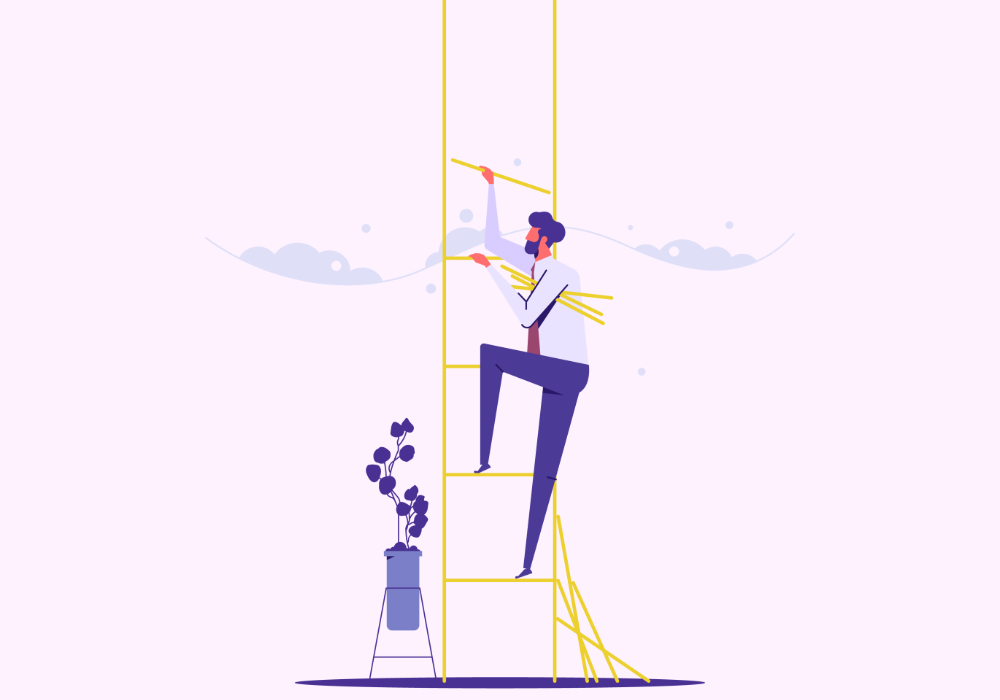StrengthsFinder Vs. DISC: Which Test Is Better for Teams?
- 20 May 2025

Team development hinges on understanding both individual strengths and interpersonal dynamics. Two popular assessment tools—Gallup's CliftonStrengths (formerly StrengthsFinder) and the DISC behavioral assessment—approach team effectiveness from different angles. Each offers distinct insights for improving collaboration, communication, and overall team performance. Understanding their differences helps organizations select the right tool for their specific team development needs.
Both assessments have proven track records in organizational settings, but they measure fundamentally different aspects of human behavior and potential. Let's examine how these tools compare specifically for team development applications.
Fundamental Focus: Talents vs. Behaviors
The most essential difference between these assessments lies in what they measure:
| Characteristic | CliftonStrengths | DISC |
|---|---|---|
| Core Focus | Talents and potential strengths | Observable behavioral styles |
| What It Measures | Natural patterns of thought, feeling, and behavior that can be developed into strengths | How people respond to their environment and adapt their natural behavioral style |
| Primary Question | "What are you naturally good at?" | "How do you prefer to interact with others and your environment?" |
| Development Philosophy | Focus on developing natural talents rather than fixing weaknesses | Increase behavioral awareness and adaptability to different situations |
CliftonStrengths for Team Development
CliftonStrengths identifies an individual's top talents from 34 potential themes across four domains:
- Executing: Talents related to making things happen and completing tasks
- Influencing: Talents related to reaching a broader audience and taking charge
- Relationship Building: Talents that build strong relationships and hold teams together
- Strategic Thinking: Talents related to absorbing and analyzing information
For teams, CliftonStrengths excels at identifying the unique contribution each member brings to the group's collective capability. Teams can map their aggregate strengths to identify areas of natural excellence and potential blind spots. This approach focuses on talent complementarity—leveraging differences rather than trying to make everyone well-rounded.
DISC for Team Development
DISC measures behavioral preferences across four primary dimensions:
- D (Dominance): Focuses on results, problem-solving, and taking action
- I (Influence): Focuses on relationships, persuasion, and enthusiasm
- S (Steadiness): Focuses on cooperation, sincerity, and dependability
- C (Conscientiousness): Focuses on quality, accuracy, and competency
For teams, DISC provides insights into communication patterns, potential conflicts, and interaction dynamics. It helps team members understand and adapt to others' preferred communication styles, improving collaboration and reducing misunderstandings. DISC profiles also highlight how individuals might behave differently under pressure, helping teams anticipate and manage stress responses.
Comparing Team Development Applications
| Team Development Need | CliftonStrengths Approach | DISC Approach |
|---|---|---|
| Role Assignment | Align responsibilities with natural talents | Match tasks to preferred behavioral styles |
| Conflict Resolution | Understand different perspectives based on talent filters | Adapt communication to others' behavioral preferences |
| Decision Making | Leverage diverse thinking patterns for better decisions | Accommodate different decision-making paces and styles |
| Team Composition | Ensure coverage across talent domains | Balance behavioral styles for situational adaptability |
Which Assessment Is Better for Teams?
Rather than declaring one assessment superior, consider your specific team development objectives:
Choose CliftonStrengths when:
- Your focus is on long-term talent development and employee engagement
- You want to align team members with roles that leverage their natural talents
- You need to identify capability gaps in your team's collective strengths
- Your goal is building a strengths-based culture that celebrates differences
Choose DISC when:
- Your focus is on improving day-to-day communication and interaction
- You need to address immediate team dynamics and conflict issues
- You want to help team members adapt their approach to different situations
- Your goal is increasing behavioral awareness and interpersonal effectiveness
Many organizations find the greatest value in using both assessments complementarily. CliftonStrengths provides insights into what team members naturally do best, while DISC illuminates how they prefer to interact with others and their environment. Together, they offer a comprehensive view of both the "what" and "how" of team performance.
The most effective approach is selecting the assessment that aligns with your current team development priorities while recognizing that each tool offers unique and valuable perspectives on team dynamics and potential.



